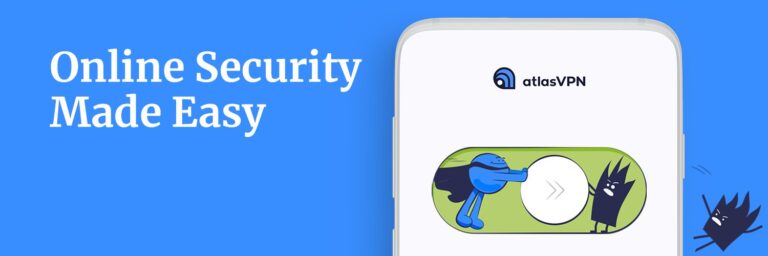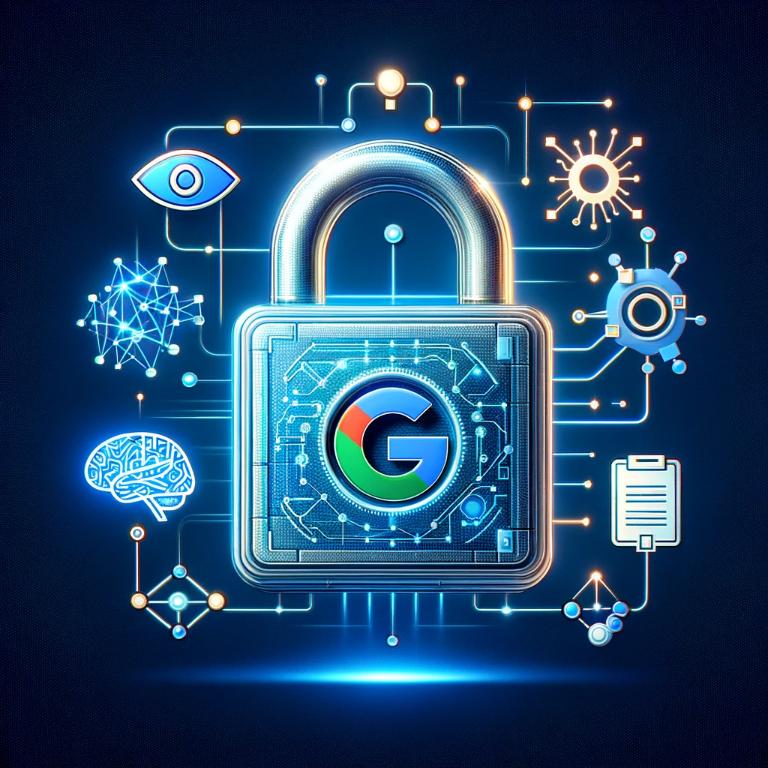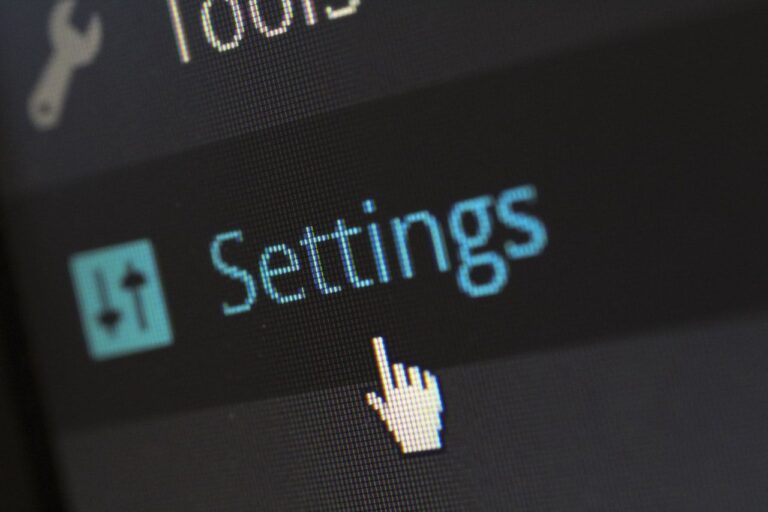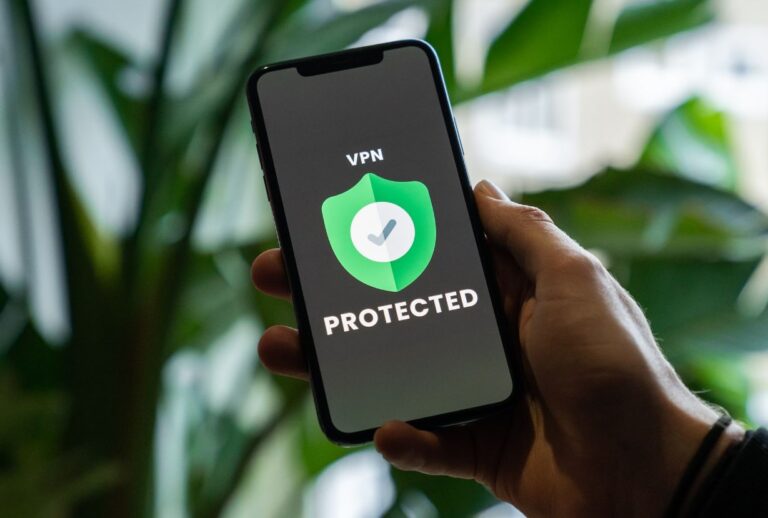Virtual Private Networks, or VPNs, have become an essential tool in maintaining privacy and security while browsing the internet. From protecting your sensitive information to bypassing geo-restrictions, the benefits of using a VPN are numerous. But how exactly do you use a VPN? In this article, we will walk you through the process, step by step.
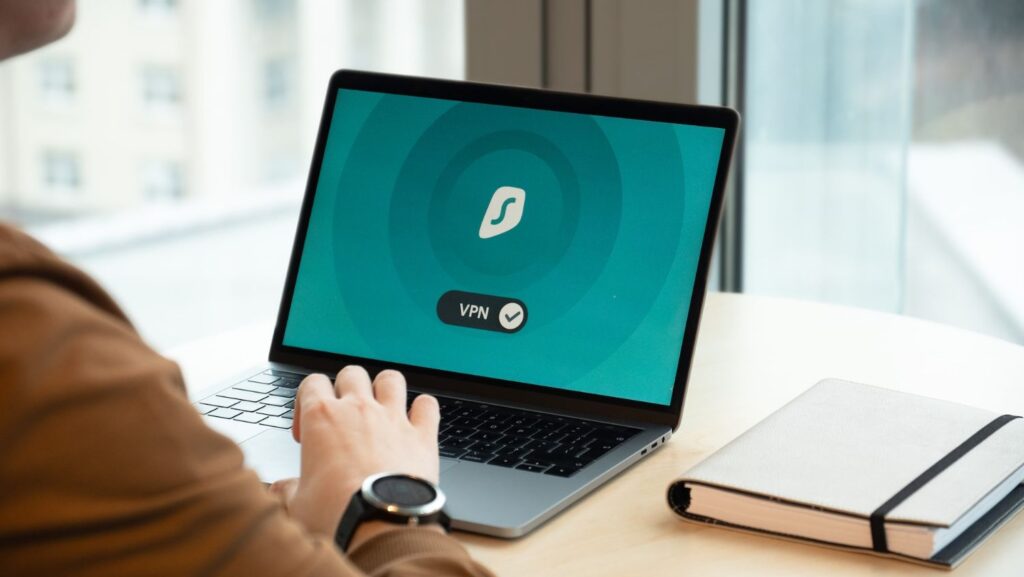
Step 1: Choosing a VPN
Before we get into the nitty-gritty of setting up a VPN, the first step is to choose the right VPN service for your needs. There are a multitude of VPN providers out there, each with their own set of features, benefits, and pricing plans. You need to decide which one suits your needs best.
Consider factors like the number of servers the VPN provider has, the locations of these servers, whether they have a no-log policy, the quality of their customer support, and of course, the price. We recommend checking out our guide on the best VPN services to help you make an informed decision.
For this tutorial, we’ll use NordVPN as an example.
Step 2: Setting Up the VPN
Once you’ve chosen your VPN provider and signed up for their service, it’s time to set up the VPN. Most VPNs have apps for various platforms like Windows, MacOS, Android, and iOS. Go to your provider’s website or your device’s app store and download the VPN client for your platform.
After the app is installed, you’ll need to log in using the account you created when signing up for the service. Upon logging in, you’ll usually be greeted with a simple interface showing a map or a list of countries. You can connect to a VPN server by clicking on one of these locations.
For example, in NordVPN, you can simply click on the ‘Quick Connect’ button, and the app will automatically connect you to the best server based on your location and server load.
Step 3: Choosing the Right Server
Choosing the right VPN server can make a difference in your VPN experience. If you’re looking to bypass geo-restrictions, for instance, you’ll want to connect to a server in a country where the content you want to access is available.
For general browsing, it’s usually best to connect to a server that’s close to your physical location to ensure the best speeds. However, if you’re more concerned about privacy, you might want to choose a server in a country with strong data protection laws.
Step 4: Checking Your VPN Connection
Once you’re connected to a VPN server, it’s a good idea to check that your VPN connection is working properly. You can do this by visiting a website that shows your IP address, like whatismyipaddress.com. The site should display the IP address of your VPN server, not your actual IP address.
Step 5: Enjoying a Secure Internet Experience
With your VPN connected, you can now browse the internet securely and privately. Whether you’re streaming content, online shopping, or simply browsing, your data is encrypted and your IP address hidden.
What Else Can I Do With a VPN?
A VPN isn’t just for secure browsing. You can also use it to:
- Access geo-restricted content: By changing your IP address, you can bypass regional blocks and access content from around the world. Want to watch Netflix US from another country? A VPN can help with that.
- Safeguard your data on public Wi-Fi: Public Wi-Fi networks are
- notoriously insecure. By using a VPN, you can ensure your personal data remains private even on public networks. Read more about VPN and Wi-Fi safety here.
- Avoid bandwidth throttling: Some ISPs limit your internet speed when they detect high bandwidth usage. Since a VPN encrypts your data, your ISP won’t be able to see what you’re doing and therefore won’t throttle your connection.
- Protect your online privacy: With a VPN, your online activities are virtually untraceable, ensuring your privacy online.
Some Tips to Keep in Mind
While using a VPN is relatively straightforward, here are some tips to ensure you get the most out of your VPN experience:
- Always keep your VPN on: This may seem obvious, but it’s worth noting. For maximum security, keep your VPN on at all times. Thankfully, with services like NordVPN, you can benefit from features like an automatic kill switch that protects your data even if your VPN connection drops. More about the VPN kill switch here.
- Use a secure VPN protocol: Most VPNs offer multiple protocols, each offering a balance of speed and security. We recommend using OpenVPN or IKEv2, which provide a good balance of both.
- Don’t forget about your mobile devices: It’s not just your computer that needs protecting. Make sure you install your VPN on all your devices, including your smartphones and tablets.
Conclusion
By now, you should have a good grasp of how to use a VPN. While the process may seem intimidating at first, once you get the hang of it, using a VPN is as easy as clicking a button. Remember, in today’s digital age, it’s more important than ever to prioritize your online security and privacy. A VPN is one of the easiest and most effective ways to protect yourself online.
So why wait? Secure your digital life today with one of our recommended VPNs like Surfshark, AtlasVPN or NordVPN. Happy secure surfing!
Note: This article contains affiliate links. By using these links to purchase a VPN, you’re supporting the website at no additional cost to yourself.

